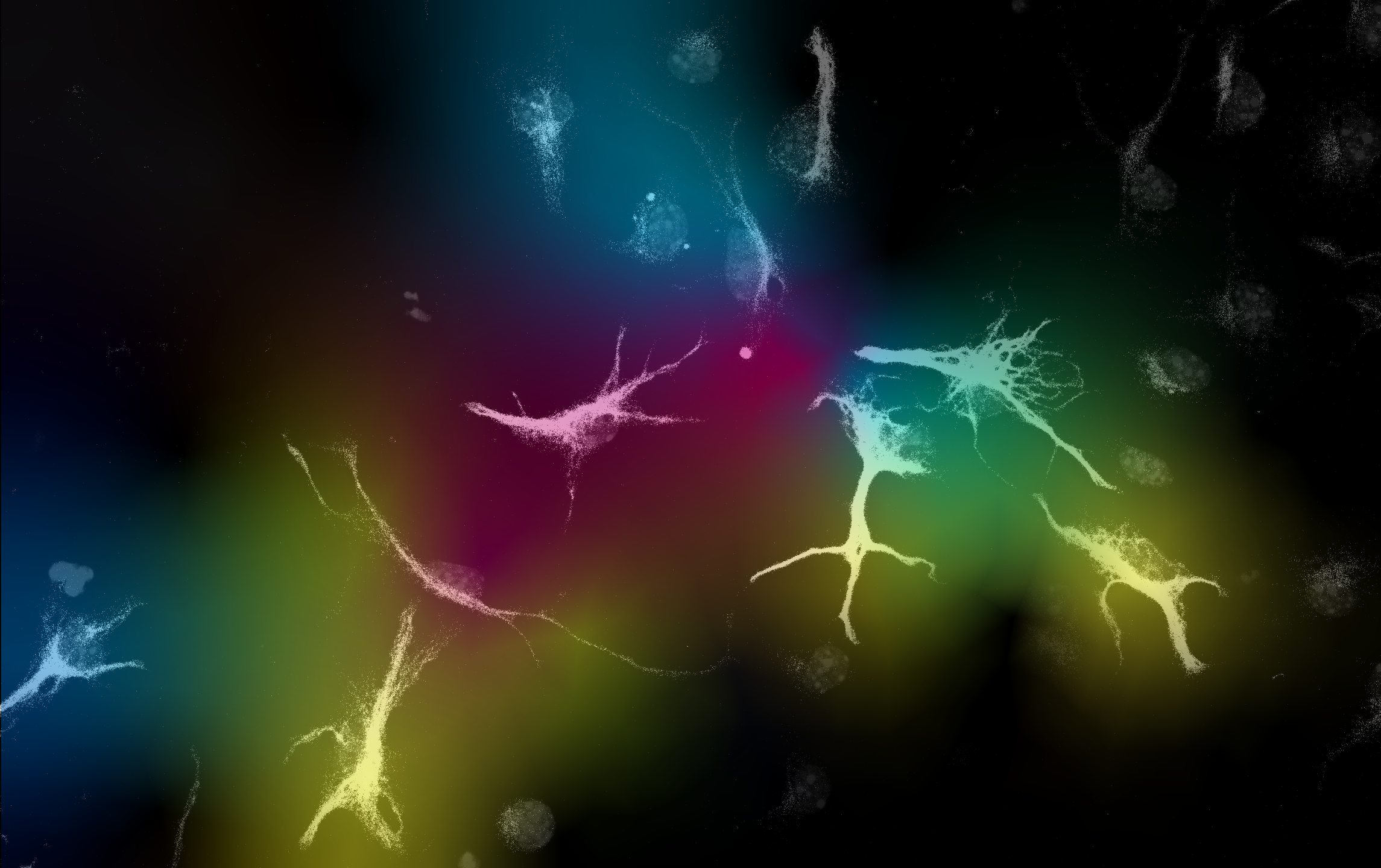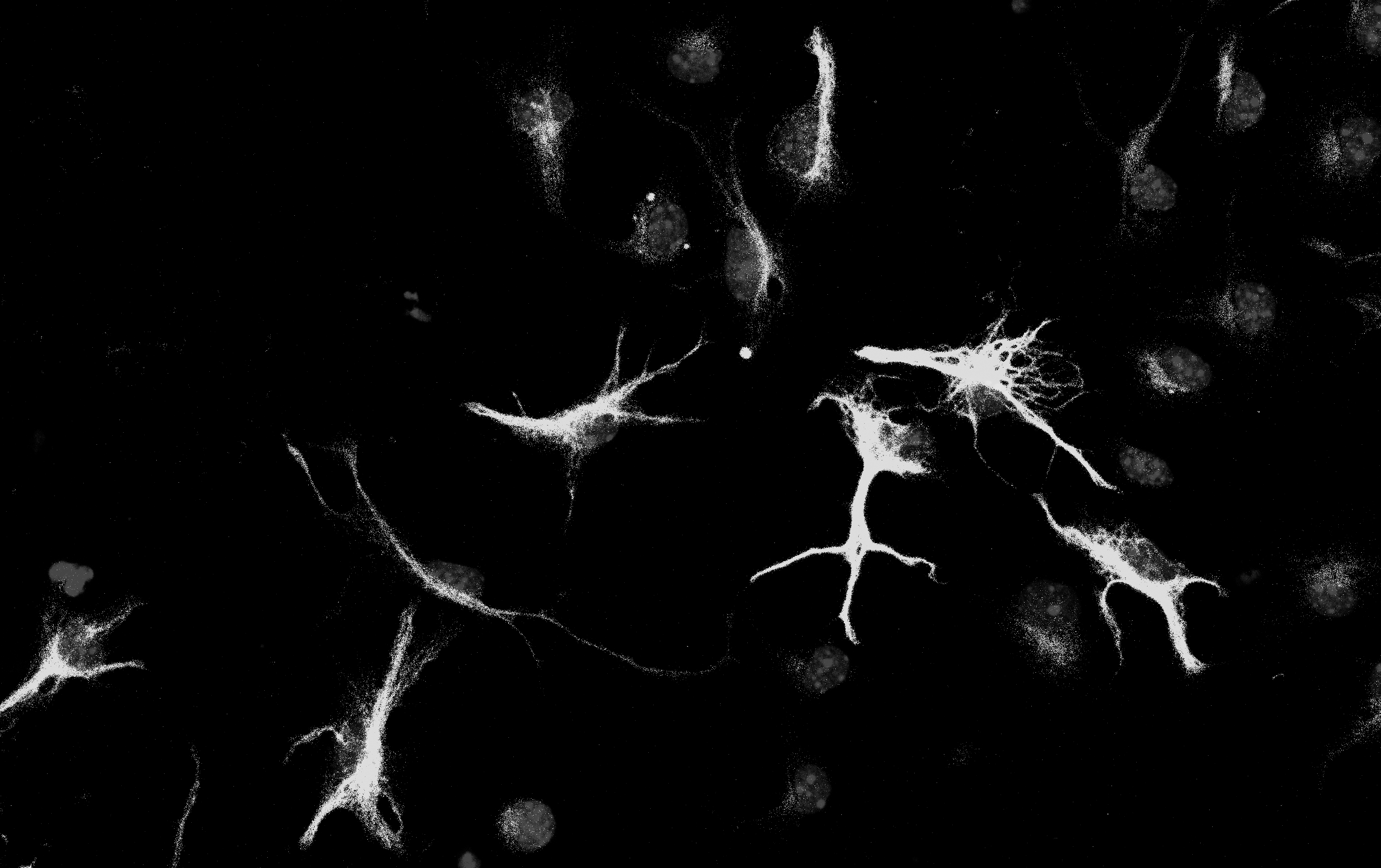The world's first cell secretion imaging platform.
Live, label-free, quantitative secretion detection—like a real-time ELISA, but spatially resolved and microscope-based.
Learn MorePlasmonic sensing is a process where properties of biomolecules are characterized through the optical interactions between light and plasmonic materials as those biomolecules become bound to the plasmonic material. The most common plasmonic sensing technology is surface plasmon resonance (SPR) with nearly four decades of use. SPR is a robust and sensitive sensing technology used in analytical chemistry, biopharmaceutical development, and medical sciences and is particularly advantageous for being label free. Nanocrine’s proprietary Plasmonic Biosensor Chips leverage the advantages of SPR and combine them with the spatial capabilities of a microscope. Nanocrine’s Plasmonic Biosensor Chips are the first commercial product enabling researchers the ability to map extracellular secretions as they occur from living cells.
The Plasmonic Imaging Company
Nanocrine is pioneering the commercial availability of nanoplasmonic
biosensors for everyday use in leading cell biology laboratories. We
design our biosensors as single use biochips that work with standard
live cell microscopes and require no new instrumentation – simply open
the packages, gather data, and achieve breakthrough results at
affordable prices.
Nanocrine plasmonic biosensors are being
developed to image the protein secretions of live cells in real time.
Our goal is to empower researchers with the capacity to obtain
advanced understanding of their cells' behaviors, enhancing the
precision and reproducibility of their live cell imaging experiments.
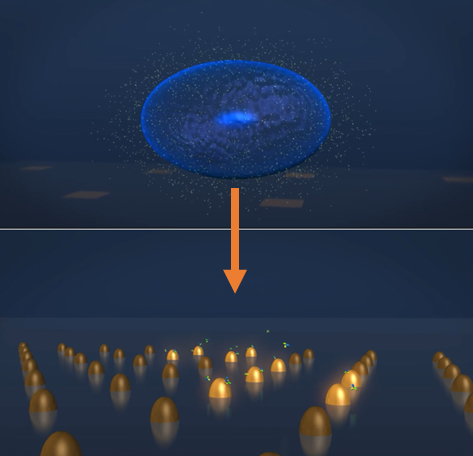
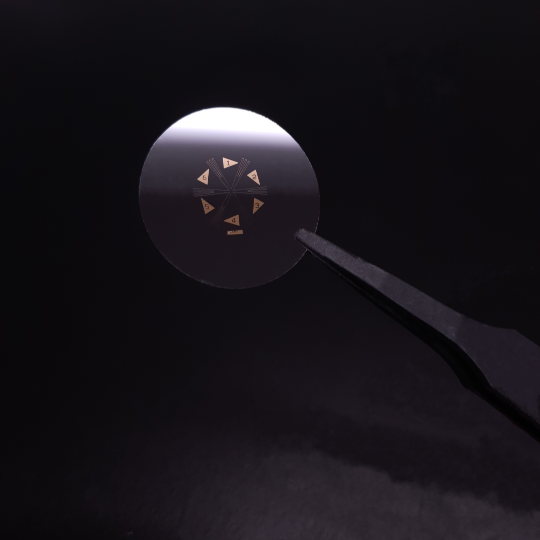
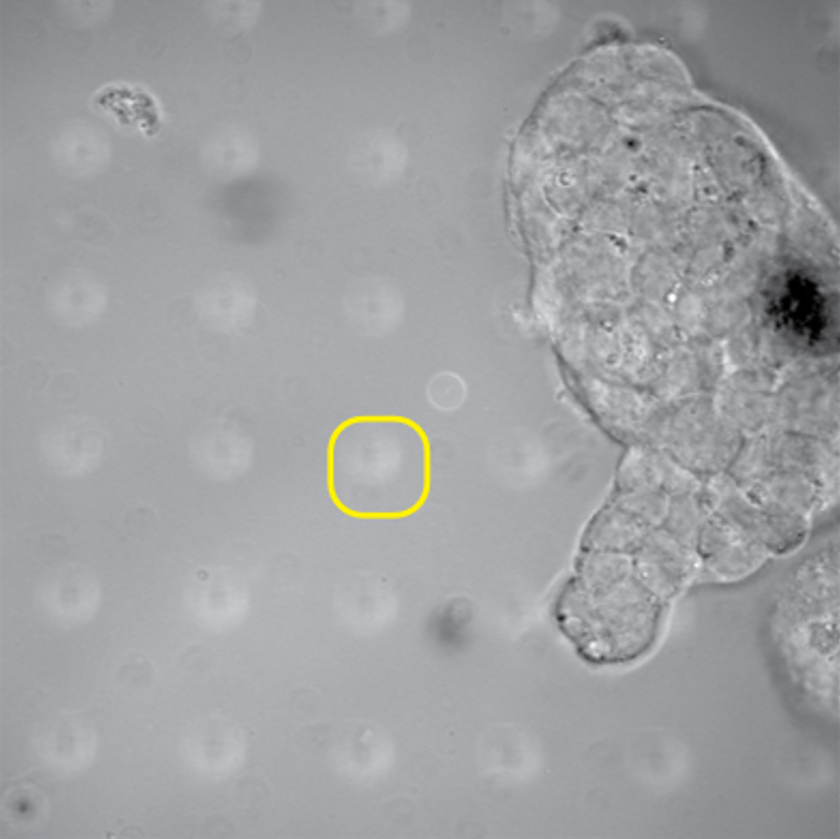
The Plasmonic Imaging Company
Unlocking Cell-to-Cell Messaging
Interested parties, please contact Nanocrine to request more information.
